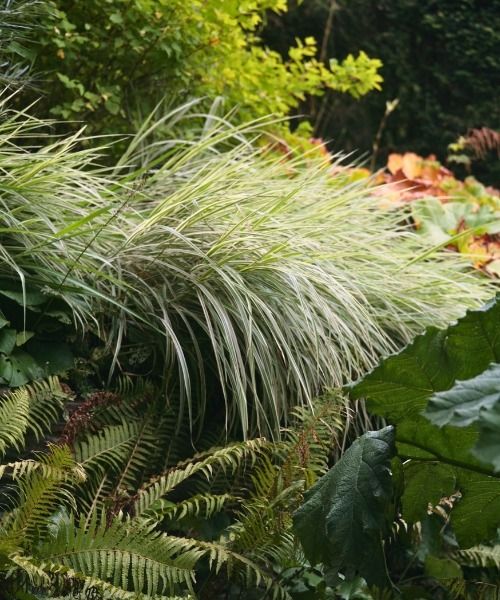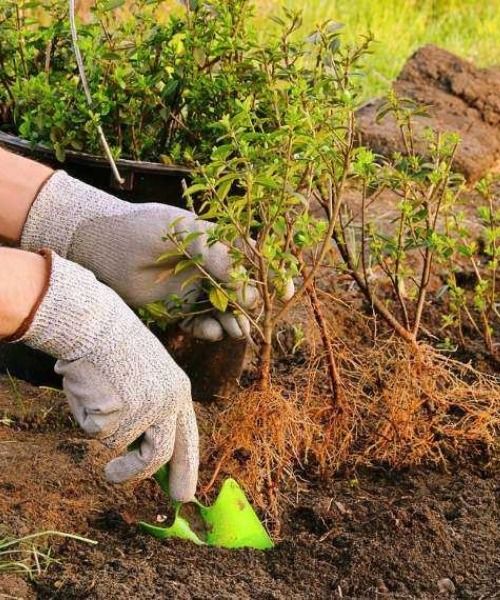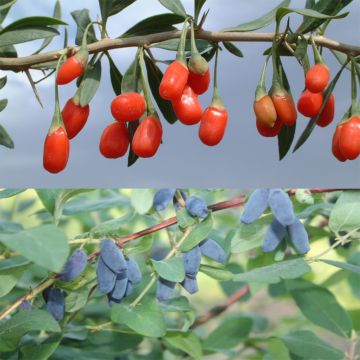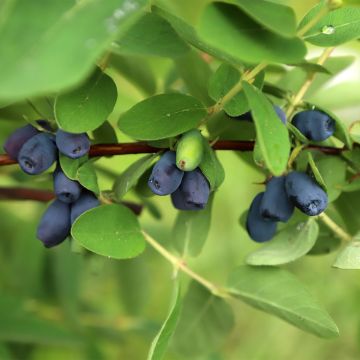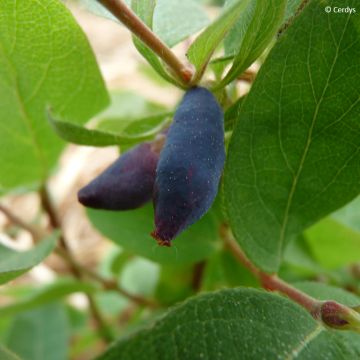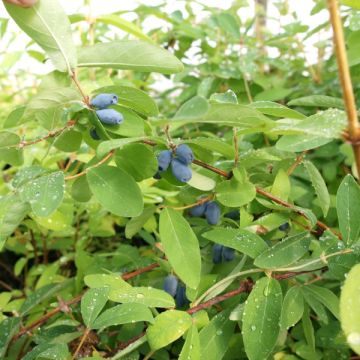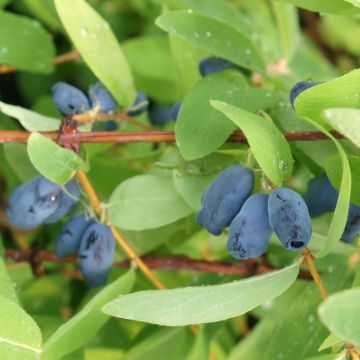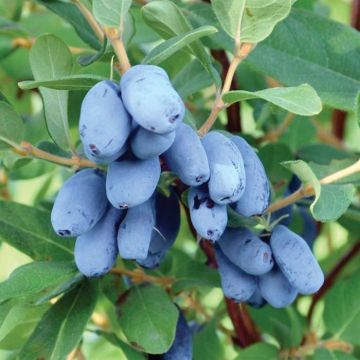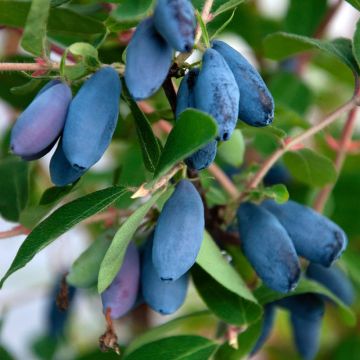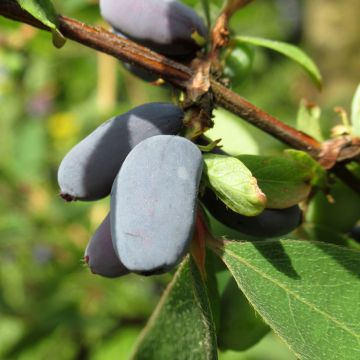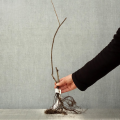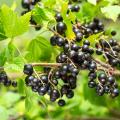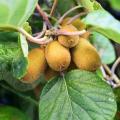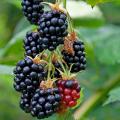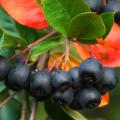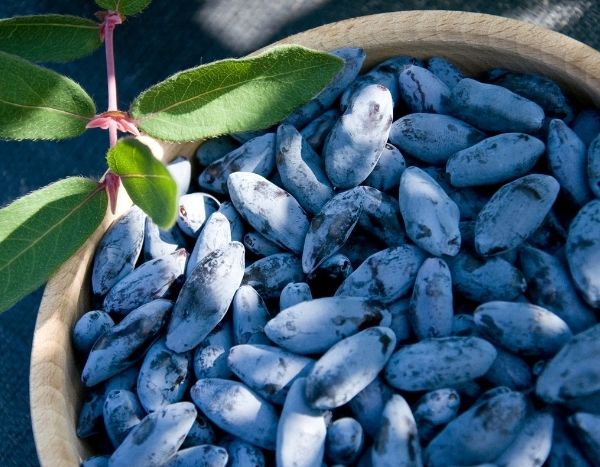Honeyberry bush
Does this plant fit my garden? Set up your Plantfit profile →
Available in 2 sizes
Available in 0 sizes
Available in 2 sizes
Available in 1 sizes
Available in 1 sizes
Available in 1 sizes
Available in 1 sizes
Available in 1 sizes
Available in 1 sizes
Available in 1 sizes
Available in 1 sizes
Available in 1 sizes
Available in 1 sizes
Available in 1 sizes
Available in 1 sizes
Available in 1 sizes
Available in 1 sizes
Available in 1 sizes
Available in 1 sizes
Available in 1 sizes
Available in 1 sizes
The edible honeysuckle, in Latin Lonicera caerulea var. kamtschatica, better known as the May berry, blue honeysuckle or honeyberry, is a bushy honeysuckle that does not climb and will not exceed 1.50m (5ft) in height. Originating from Siberia, it is extremely hardy. This deciduous shrub with discreet flowering is mainly cultivated for its edible bluish-coloured berries, covered with bloom, and with a more or less elongated shape depending on the varieties. As its name suggests, the delicious berries of this honeysuckle are ripe in May-June. Rich in vitamins C and B, they have a tangy and slightly sweet flavour that resembles that of blueberries. They can be consumed as is or prepared in jellies and jams. The blue honeysuckle cannot tolerate drought or limestone: plant it in humus-rich soil, enriched with leaf compost and compost. Choose a sunny exposure, mulch the soil in summer, and make sure to water it in case of drought. To promote fruit production, we recommend planting at least two plants fairly close together, for example in a small fruit hedge, with other small fruits such as raspberries, blueberries, red currants, goji berries, etc.
Haven't found what you were looking for?






























